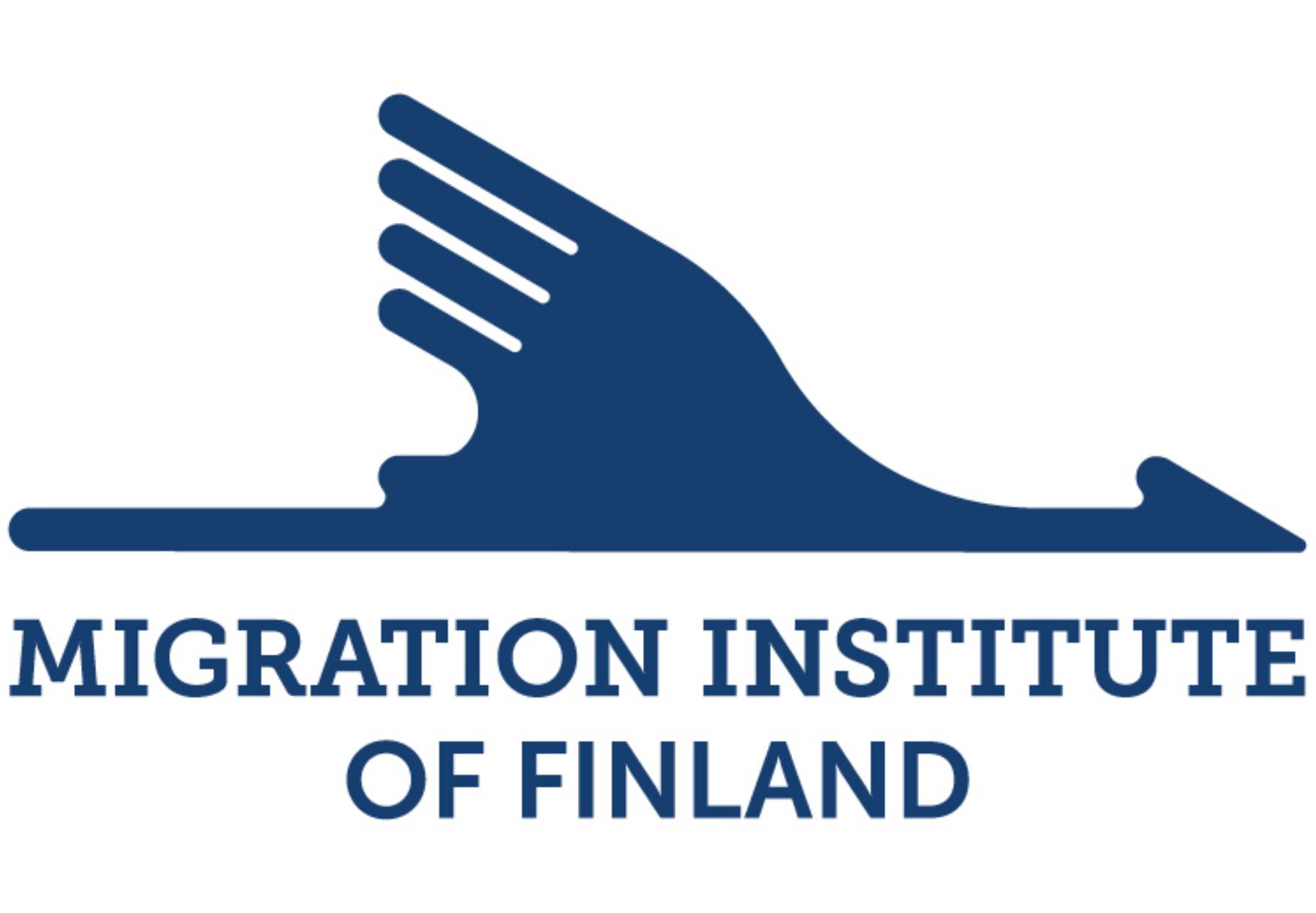Protection of refugees should not be determined by political objectives or distorted hierarchies
The war between Ukraine and Russia has shocked many in the past few days. The Migration Institute of Finland condemns Russia’s invasion of Ukraine and hopes for peace in the region as soon as possible. The consequences of the war affect many areas of the Institute’s activities, such as forced migration, international protection, and ethnic relations.
Since the beginning of the war, approximately one million Ukrainians have had to flee the country. In addition, more than a million people have fled within Ukraine. The refugees are mainly women and children. In international media, it has been reported that leaving Ukraine is slow and difficult. Seeking asylum is a universal human right, and escape from the country must be ensured by all possible means for people fleeing from Ukraine.
Ukraine’s western neighbors have received the majority of the people who have fled the country. Finland and EU must support these neighboring countries, as well as be prepared to take responsibility for the situation by accepting Ukrainians who are moving forward from these neighboring countries. Finland has already participated in an exemplary manner in the intra-EU relocation of asylum seekers in EU. We hope that this will continue, if necessary, with those fleeing from Ukraine.
In the years after 2015, there has been discussion about the inadequacy of the Refugee Convention in the face of modern forced migration. Protection of refugees is based on the United Nation’s Refugee Convention. It was drafted in 1951 in the post-World War II Europe. Initially, it focused only on European refugees who fled their countries before 1951. In 1967 the time limit of 1951 was removed and refugees outside of Europe were added to the convention. Now, that Europe is once again facing a refugee crisis from its own region, the question is whether we should learn from other regional refugee conventions. In particular, both the African and South American refugee conventions accept war and violence as a basis for refugee status.
Currently in Finland, granting a refugee status is based on the personal risk of persecution. However, this criterion in not directly applicable to the situation of people fleeing war en masse, because they do not flee personal persecution. On March 2, the EU Commission made a historical proposal to activate the Temporary Protection Directive, which has never been applied before, EU-wide. The proposal was approved the next day. Temporary protection can be granted for a limited period, for example to people fleeing war. It applies to both Ukrainian citizens and long-term legal residents of Ukraine.
The Finnish legislation, which already contains the relevant EU directive (Aliens Act, 109 §), makes it possible to issue such a temporary resident permit to a certain group of people. A decision from the Finnish Government is required to define this group of people. The maximum length for such a temporary resident permit in Finland is three years.
Finland has already began preparations to receive Ukrainians arriving here. The mass influx of asylum seekers in 2015 has taught us how to act in such situations, and we can certainly be more organized this time.
Even some EU countries that have previously been reluctant in receiving asylum seekers and refugees, have now welcomed refugees. In Finland, for example, some of those who have opposed receiving asylum seekers, have expressed their solidarity in this situation. Where all support is important, one may wonder how differently asylum seekers from outside of Europe are treated and received in Europe and in Finland. Racialized hierarchies have emerged in the recent public and political debate. Protection of refugees must not be determined by political objectives or distorted hierarchies. Everyone forced to flee should be helped equally. Although the crisis in Ukraine is acute and imminent, now is not the time to forget other refugees and their distress, such as people fleeing crises outside of Europe or those who have lived in Finland for years without papers.
Putin’s regime, that attacked Ukraine, cannot and should not be equated with the Russian people. We have seen in the news how people protesting against the war have been arrested on the streets of St. Petersburg and Moscow. The common Russian people are not responsible for the attack on Ukraine and its consequences. In addition, it is likely that as a result of the war, people fleeing the country’s current regime will also start arriving from Russia. Protection and safety in Finland in other EU countries should be given to these people as well.
It is also possible that Russia and Belarus will once again seek to open access to the borders of their western neighbors for asylum seekers from outside of Europe, as a part of attempts to pressure the European Union. There is previous experience of this on the borders of Finland and Norway. Even when refugees are used as a tool for pressuring, it is important to maintain the demand for humane and fair treatment of asylum seekers. The war in Ukraine has not only reaffirmed the need for practical development associated with the application of the UN Refugee Convention, but also shown its continuing value, in humanitarian terms, and in terms of democracy and international relations.

